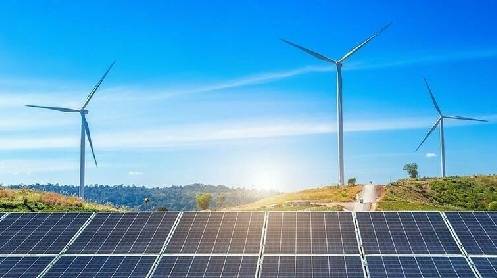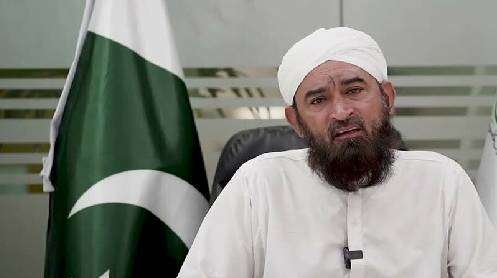*April 1, 2025, Germany celebrates the *25th anniversary of the *Renewable Energy Sources Act (EEG)—a groundbreaking policy that has transformed the global energy landscape. Passed by the **Bundestag on February 25, 2000, the EEG marked a turning point for renewables, increasing their share in Germany’s electricity mix from *just under 5% in 2000 to over 60% today.
Despite initial resistance from the *electricity industry, including legal challenges in **German and European courts, the EEG prevailed. The European Court of Justice confirmed its compliance with **EU competition law in 2001, paving the way for large energy companies to embrace renewables. The law’s success inspired over **60 countries worldwide, including *China and Brazil, to adopt similar policies, accelerating the global energy transition.
A Renewable Energy Boom in Germany
The EEG sparked a *boom in wind and solar power. In **2002, net wind power installations reached **3,247 MW, significantly surpassing the previous year’s **2,545 MW. In **2024, Germany added *3,993 MW of new wind power, including *742 MW offshore, though *1,448 MW of older turbines were decommissioned for repowering.
Solar energy saw an even more dramatic rise. Despite early generation costs of *€1/kWh, solar power has become the **cheapest electricity source, now priced at *€0.04 to €0.08/kWh*—even in regions with **moderate sunshine. This success is largely credited to visionaries like *Dr. Hermann Scheer and *Hans-Josef Fell, who championed the EEG despite fierce opposition from *conventional energy giants.
The Missed Opportunity for 100% Renewables
Had Germany maintained its pre-2017 wind expansion rate and *pre-2012 solar growth, the country could have **achieved 100% renewable electricity before 2020, according to the **World Wind Energy Association (WWEA). This would have delivered **economic, environmental, and geopolitical benefits, reducing dependence on energy imports and fostering global stability—a point frequently emphasized by *Eurosolar President Dr. Hermann Scheer.
Beyond Wind and Solar: The Role of Other Renewables
To ensure a stable and reliable energy system, hydropower, biomass, and geothermal energy play a crucial role. Biomass, particularly *biogas, has seen strong growth under the EEG, though political roadblocks have occasionally slowed progress. These sources, alongside *hydropower storage in Germany, Scandinavia, and the Alpine region, help address periods of low wind and solar output.
The Legacy and Future of the EEG
The EEG originated from the *1990 Electricity Feed-in Act (StrEG), which introduced **minimum pricing for wind power. The *EEG expanded this framework in 2000, adding incentives for *solar, biomass, and geothermal energy, leading to a surge in **small-scale energy producers. The number of *electricity generators in Germany has grown from a few hundred in 1990 to *over a million today, reinforcing *democratic participation in the energy sector.
Looking ahead, Germany’s new federal government has the opportunity to build on the EEG’s success by further supporting community energy projects and accelerating the transition to a fully renewable energy system.







